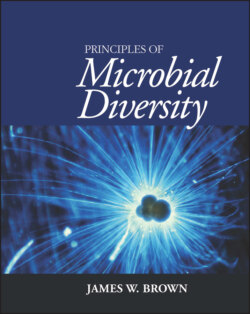Читать книгу Principles of Microbial Diversity - James W. Brown - Страница 52
Questions for thought
Оглавление1 1. What are some DNA sequences that would not be useful for phylogenetic analysis? Why?
2 2. What are some other sequences that would be useful for phylogenetic analysis, and in what situations would they be useful?
3 3. How did people get large amounts of a specific DNA for sequencing before PCR was invented?
4 4. In an episode of The X-Files (an old TV show), FBI Agent Dana Scully sequences some extraterrestrial DNA and finds “missing bands” in the sequences that she interprets to correspond to bases that are unique to aliens (not found in Earthling DNA). Why is this not technically reasonable?
5 5. Given the variation of sequences in the context of the same secondary structure, how do scientists solve these secondary structures by comparative sequence analysis?
6 6. Mutations occur one at a time. How, then, could the base pairs in a helix change without disrupting the structure of the RNA? Does this explain (at least in part) why base-pair changes that keep the purines and pyrimidines in the same positions (transitions) are more common than those that switch them (transversions)?
7 7. Although RNA three-dimensional structures are scarce, there are hundreds of protein three-dimensional structures, determined by X-ray crystallography. Can you imagine a way to use these structures, analogous to the use of RNA secondary structures, to align protein sequences more meaningfully?
